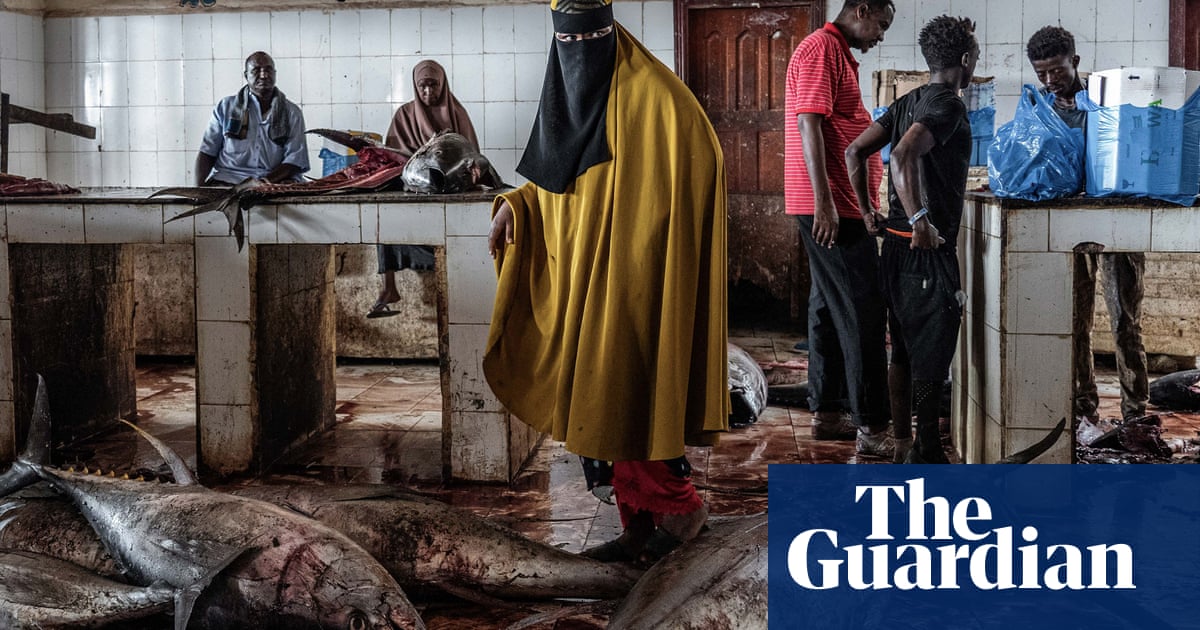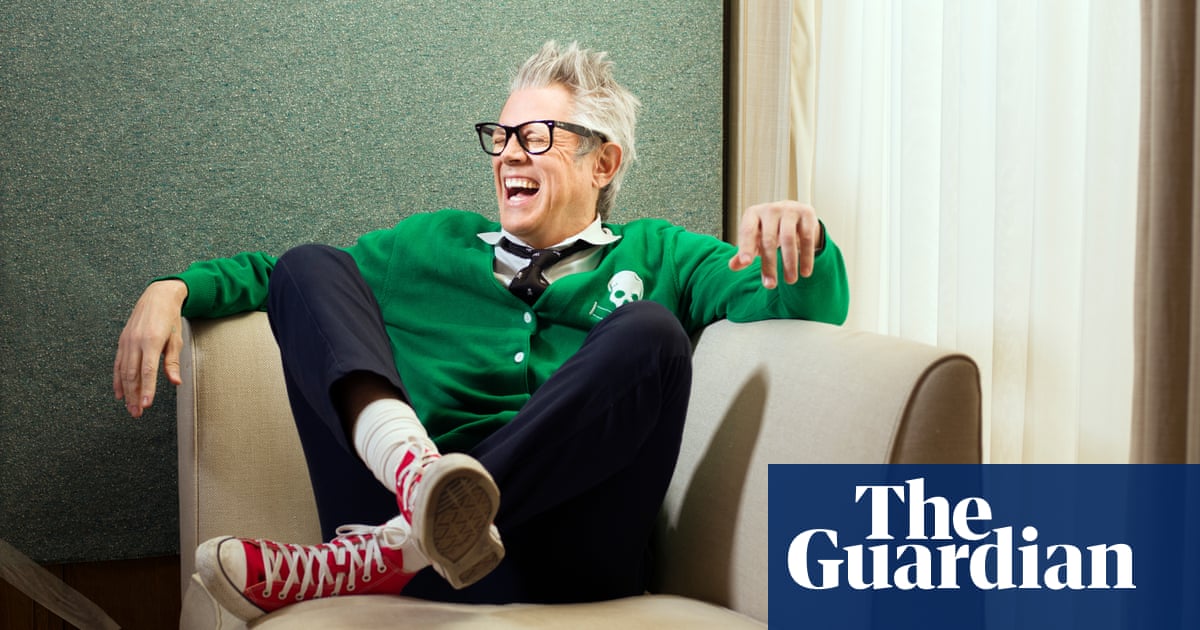
travelled to Knoxville, Tennessee, in 1967 to visit the home of the late novelist and critic James Agee. Nobody, until maybe Susan Sontag, understood photography better than him. I went to the block where he grew up and found his house has been demolished and replaced by a condominium, an extraordinarily ugly, two-storey brick building with a wrought iron entrance. It was a horror of architecture.
I spotted these two boys at the end of the street and I knew I had found my subject. But you don’t just creep up and take a picture, so I got talking to them. One of the boys was a mechanic, and they wanted to go for a drive around town but the car wouldn’t start. It was a beautiful machine, all heavy steel and chrome from an era when American cars were just astounding.
The car didn’t have a licence, so they had taken the plates from another vehicle. But they had run out of gas. I gave them a dollar to get it going and they ended up riding round the neighbourhood waving at people in total triumph for the rest of the day. They were only about 15.
It’s an enormously emotional picture. The dog looks hurt, the kid looks hurt, he is physically dirty, and the car won’t start. But he isn’t like the kids in Dorothea Lange’s work – you don’t want to rush over and help him. I’ve never cared for those pictures. This isn’t an image with a social message. It isn’t a plea to buy this kid some soap or an announcement that “poor white people need help, too”. It’s just painful. The kid looks wounded and the viewer feels it.
I was on fire when this shot was taken. I began in 1962 and, in the next seven years, I did everything I’m known for. I shot marches of the civil rights movement in The Movement, I documented life inside the Texas prison system in Conversations with the Dead, and life in the Chicago Outlaws motorcycle club in The Bikeriders.
I have always liked outsiders. Rebellion has always been one of the finest characteristics of America. And I count the insurrection we’re seeing across the country today as part of that history.
People used to ask me why I was attracted to the outskirts of a society. But what was I supposed to photograph in suburbia? I find it stunningly boring. When I was growing up, it was all businessmen in drab flannel suits and fedoras who cared only about making money.
What has always interested me is emotion, and the first thing that happens when you ascend to the business class is you conceal your emotions. I’ve been reading Max Weber, the German sociologist. He captures extremely well how people who are “on the inside” of a society function. The first generation of business people accumulate wealth, but the people who come after them just become like automatons, repeating the same processes for ever. I find something hateful about that world.
I was stunned to read 15 years ago that civilisation was in danger because of fossil fuels. How can you possibly explain to anyone why we are continuing the way we are? But the answer is always greed. Things will function that way until the destruction of life on Earth.
Even today, I still feel like an outsider and I’m proud of it. I’m the least-known best-known photographer, as someone once called me. I’m still working, making films and photographing, though not at the pace of my youth. Photography is powerful – it’s practically an international language in the age of Instagram, but I still think it’s separate from other art forms.
Many years after I took the photograph, I gave a lecture in New York City with some of my work projected on to a screen behind me. When this image appeared, I gasped. Without thinking, I said: “I could never take a picture like this today.” I took this image 53 years ago, and I think the person who made the picture felt abandoned. I don’t know why – I had parents, a girlfriend, a home, so it doesn’t make sense. But I think that feeling was essential to this image.
Painters can change and rework their creations, but a good photograph is something you find. You seek out a vision. That’s why I got so excited when I looked down Agee’s block in 1967. With a predator’s instinct, I knew I had found something worth documenting.
Danny Lyon’s CV
Born: Brooklyn, New York City, 1942.
Studied: New York City public school; history, University of Chicago.
Influences: “James Agee; the curator Hugh Edwards who discovered me; and my father, who was a wonderful photographer.”
High point: “Right now, because I’m still alive at 78.”
Low point: “That’ll be the day before I die.”
Top tip: “I don’t think I have any advice.”












